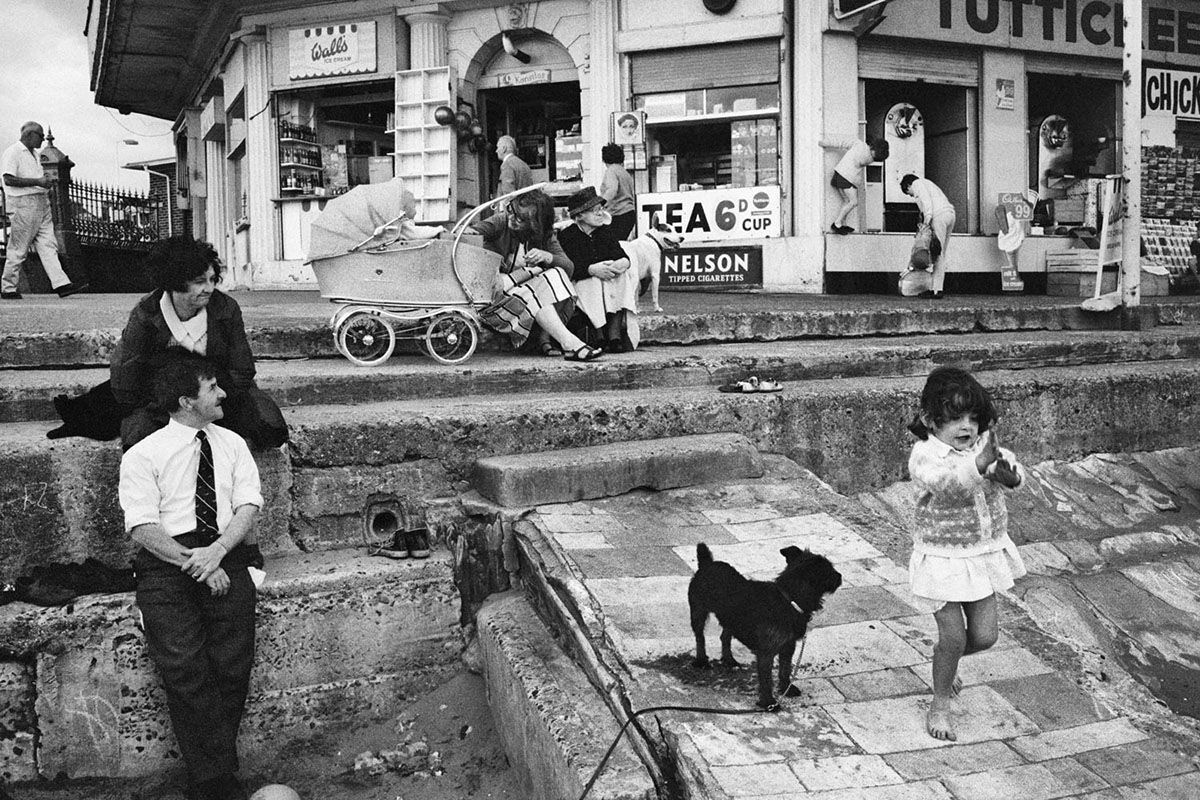- Messages
- 4,517
- Name
- droj
- Edit My Images
- No
'Outdoor Photography' and 'Black+White Photography' are published under the Guild of Master Craftsmen umbrella. I've always had a thing about the GMC since I became aware of it back in was it the 1970's? - because I believe in plain speaking and I can't see how it's a guild at all, it appears to be a private company formed to make a profit and run by its directors. A guild, after all, would be a not-for-profit run by its membership, wouldn't it? So I regard its branding as misleading. Thumbs down from me.
https://en.wikipedia.org/wiki/Guild
https://en.wikipedia.org/wiki/Guild




